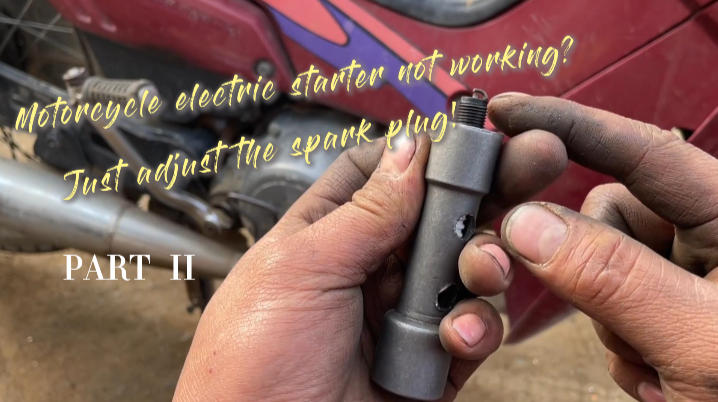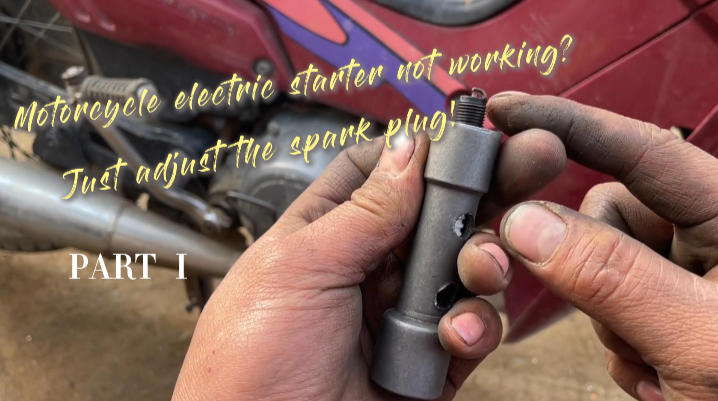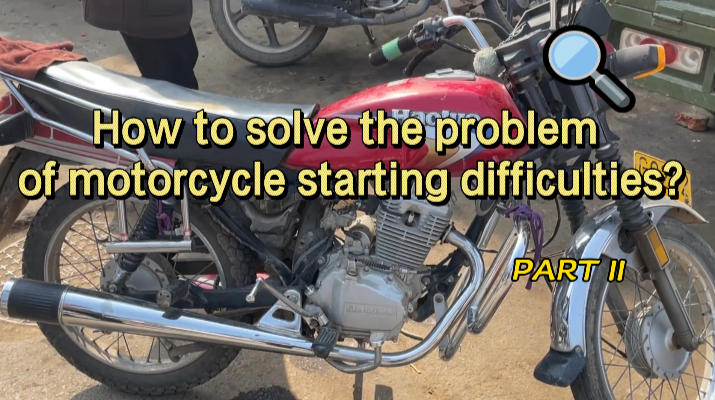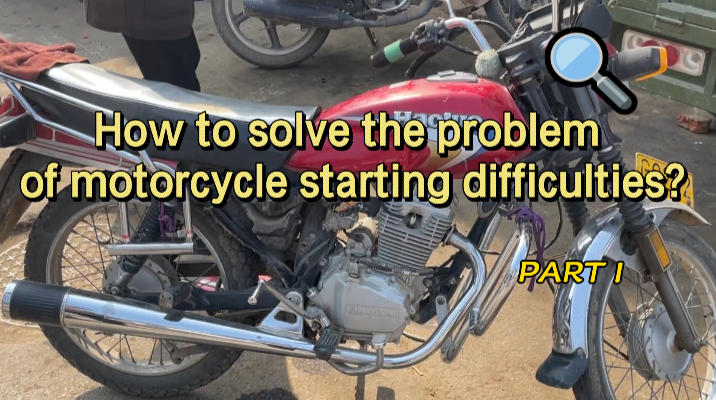How Does a Snowmobile Clutch Work?
-
26
-
2025-11-06 11:26:29
Short version: it’s simple on paper, messy in practice.
Two clutches. One belt. Lots of physics and a bit of luck. Do it right and the sled pulls smoothly. Do it wrong and it feels like you’re throttling a lawnmower strapped to a snowbank.
Alright — here’s the real, plain-English run-through.
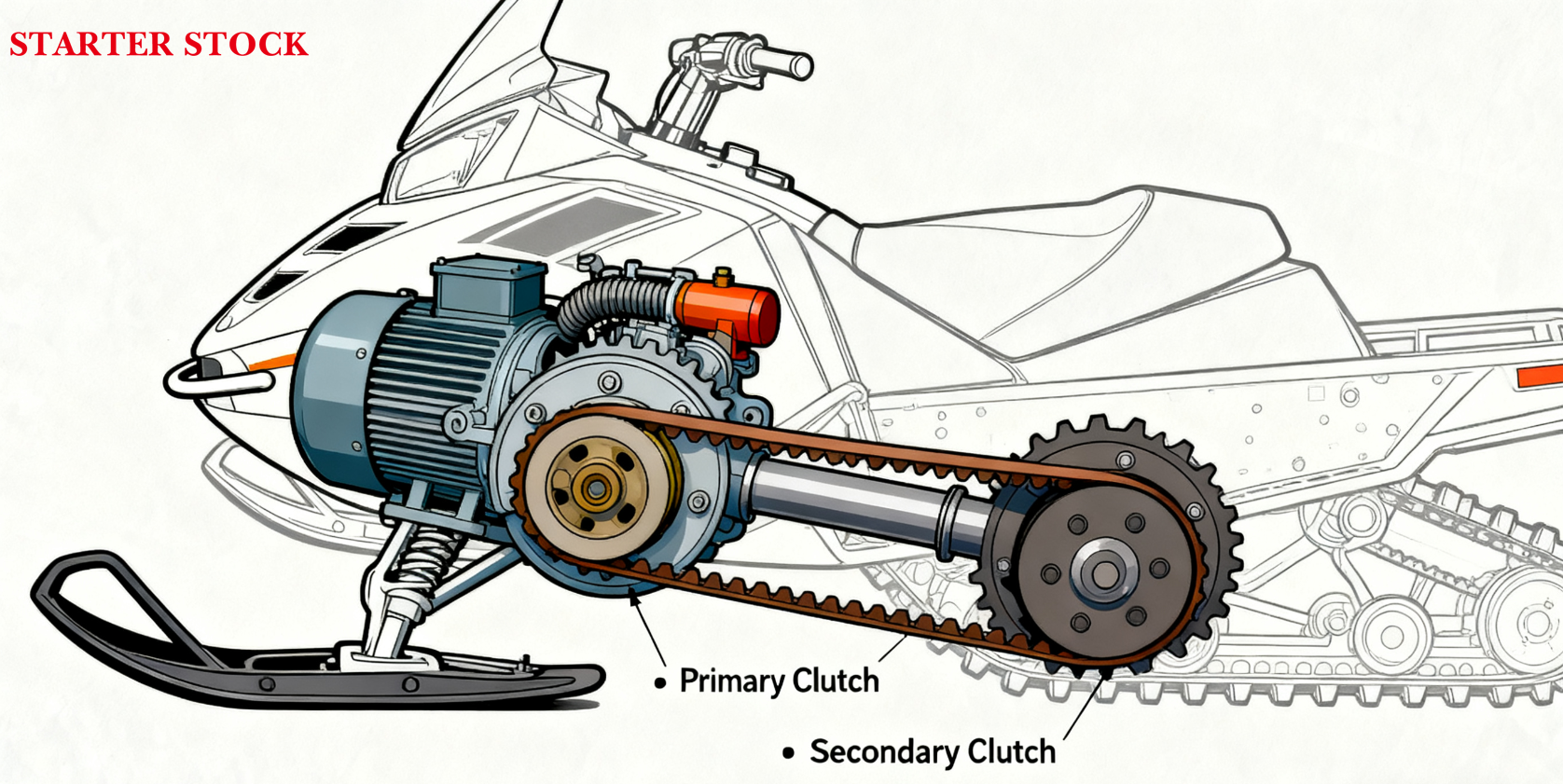
Two clutches, one job
Every sled has a primary (drive) clutch and a secondary (driven) clutch. They sit on a belt. That belt is the link to your track.
Primary = engine side. Secondary = jackshaft / track side.
When you open the throttle, the engine spins. The primary reacts. The secondary responds. That’s how power gets from the motor to the snow. No gearbox. No clutch pedal. Just mechanical ballet.
What the primary clutch does
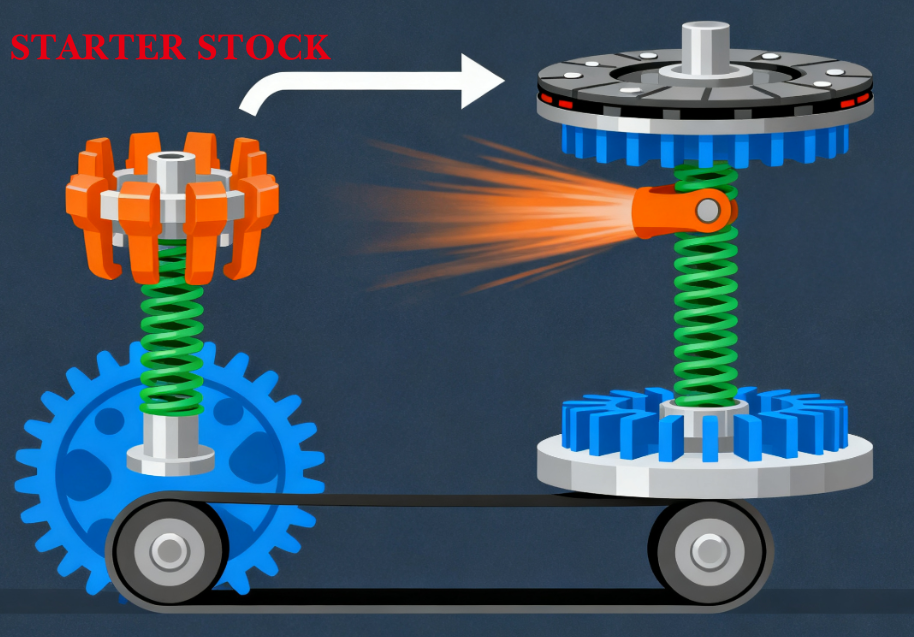
The primary clutch bolts to the crank. Inside are flyweights, a spring, and two plates called sheaves. When RPM rises, the weights swing out. They push the sheaves together. The belt rides up — like moving to a bigger gear on a bike.
Fast RPM = belt high = less torque, more speed.
Low RPM = belt low = more torque, less speed.
It’s automatic. It’s clever. And it’s noisy sometimes. That snap you feel when the sled first pulls? That’s engagement — the clutch grabbing the belt enough to move the sled.
What the secondary clutch does

The secondary sits on the driven shaft. It’s linked to the primary by belt tension. As the primary changes diameter, the belt forces the secondary to change too.
Inside the secondary is a torsion spring or a similar device that controls backshift — how the clutch reacts under load (like climbing a hill). The secondary smooths things out. Keeps the engine in the “sweet spot” RPM where it makes good power.
Simple: primary moves; secondary follows and controls load.
The belt — don’t ignore it
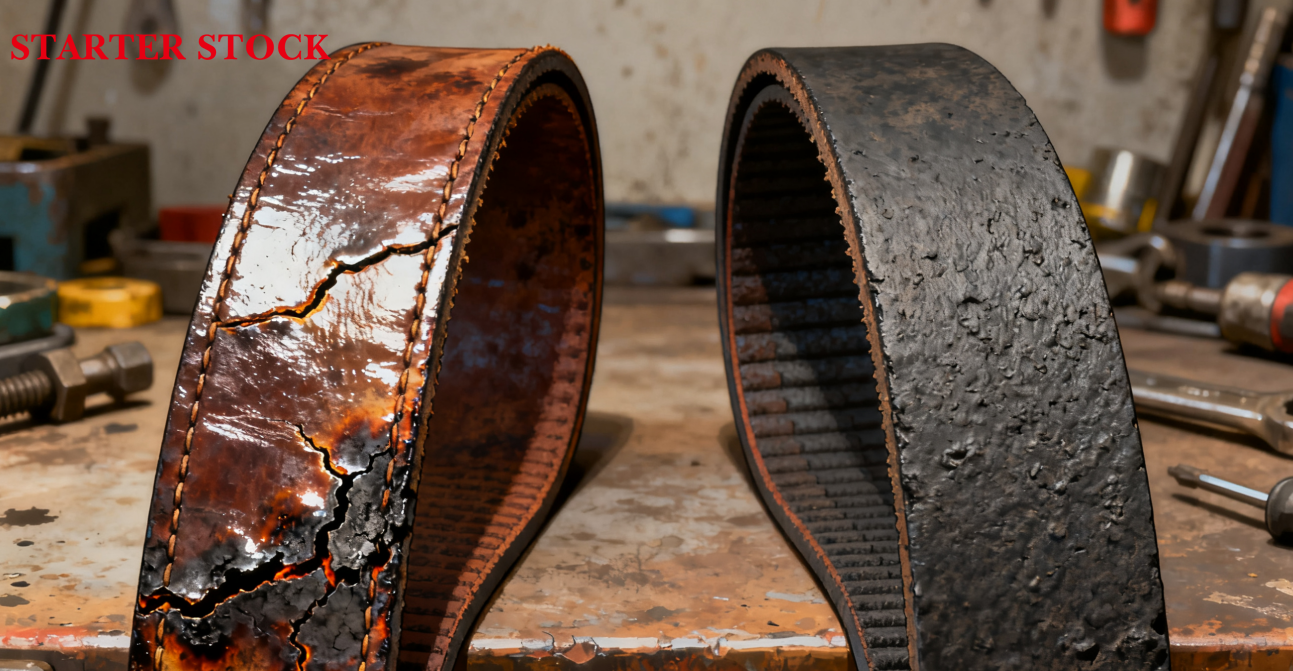
People forget the belt until it screams. Then they remember.
Belts heat up. They glaze. They crack. A tired belt makes the whole system feel dead. Slipping, jerky engagement, odd smoke — check the belt first.
Carry a spare. Honestly. You’ll be glad you did when the belt lets go mid-ride.
Engagement speed and feel
Ever notice some sleds lurch at takeoff and others are buttery smooth? That’s clutch tuning.
Engagement speed is the RPM where the primary finally grabs the belt enough to move the sled. You set it with weights and springs. Light weights = earlier engagement. Heavy weights = later engagement.
There’s trade-offs. Earlier engagement helps in deep snow or tight trails. Later engagement helps top speed on flat runs. You tune for your riding.
Heat, wear, and small details
Clutches work hard. They spin fast. Friction builds heat. Heat changes things — springs relax, weights wear, clearances shift.
If you ride powder one weekend and hardpack the next, your clutch might feel different. Clean the sheaves. Wipe grime with alcohol. Don’t touch with greasy hands — oil ruins belt grip.
Also — check alignment. Clutch misalignment means belt wear and weird handling.
Basic tuning moves riders do
You don’t need a PhD. Try small steps:
Replace worn weights or rollers. They get flat spots.
Try a lighter or heavier secondary spring. It changes backshift.
Swap a belt to the proper width. Don’t run a too-narrow belt.
Change helix angle if your kit allows it.
Change one thing at a time. Ride. Note the difference. If it’s magic — great. If it’s worse, swap back.
Signs something’s off
These mean “check the clutch”:
Belt squeal or smell of burning.
Engine rips but sled crawls.
Jerky or delayed engagement.
Clunk when letting off throttle.
Visible belt fraying.
If you see those, pull the cover. Inspect. Clean. Replace parts before a long trip.
Tuning for conditions
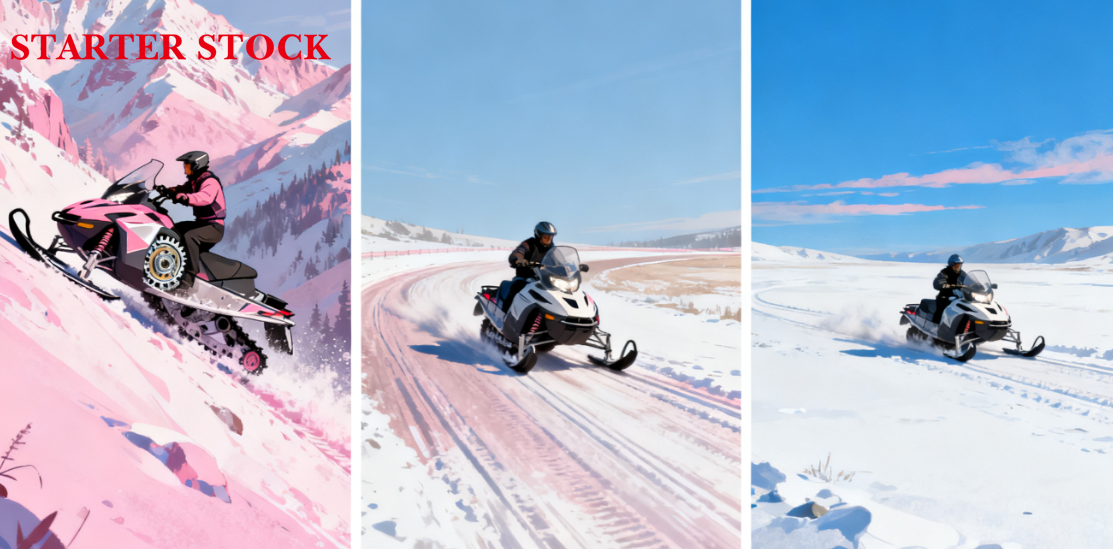
Mountains vs trail vs lake runs — each wants different setups.
Mountains / powder: lighter upshift, softer engagement, more backshift — helps climb and keeps RPMs stable.
Trail / flat: stiffer setup for quick response and good top speed.
High altitude: lighter weights — thin air changes power output.
Rely on guides and community charts for starting points. Then tweak to taste.
Maintenance tips — quick and real
Keep the clutch area dry when storing. Moisture corrodes.
Clean sheaves with alcohol. No oil. No WD-40.
Check bolts. Vibration loosens fasteners.
Replace belts on schedule; don’t be stingy.
Keep a spare belt and basic tools on the sled.
A little upkeep saves a tow — and a bad day.
When to call a pro
If you’re doing engine or ECU mods, or you’re not sure what a helix does — take it to a shop. A wrong tune eats belts, wrecks clutches, and can ruin an engine. There’s no shame in paying for an expert tune if you want performance without drama.
Final thought — it’s simple, but sensitive
The snowmobile clutch is elegant. No electronics, just weights, springs, sheaves, and a belt. But it’s sensitive. A tiny change makes a big difference.
If you learn its language — watch RPMs, listen to the belt, feel the engagement — you’ll get a sled that responds like you want. And when it’s right, riding feels effortless. That’s why we fiddle. One tweak, one test, and you’re back on the trail smiling.
-
Oil Pump JR-B18-1 16700-K20-903 For Z00MER

-
Oil Pump JR-B18 16700-KVG-41 For AIR BLADE
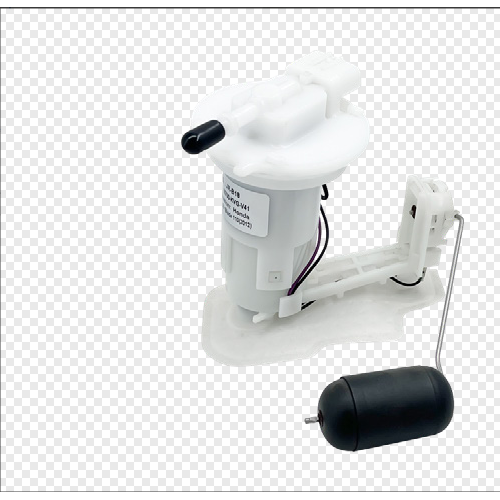
-
Oil Pump JR-B113 16700-HR3-A21 For Fou rTrax Rancher
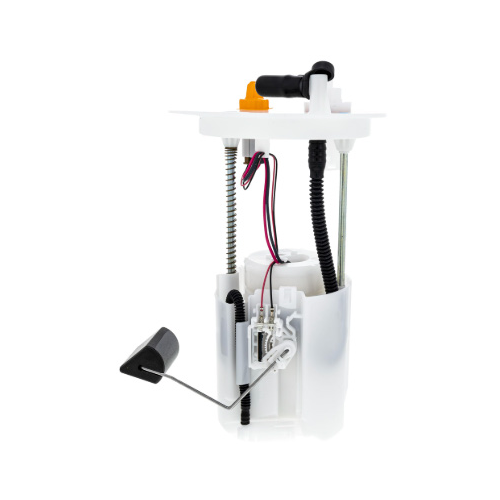
-
Oil Pump JR-B112-1 275500734 For GT1 130/155 2011-2012
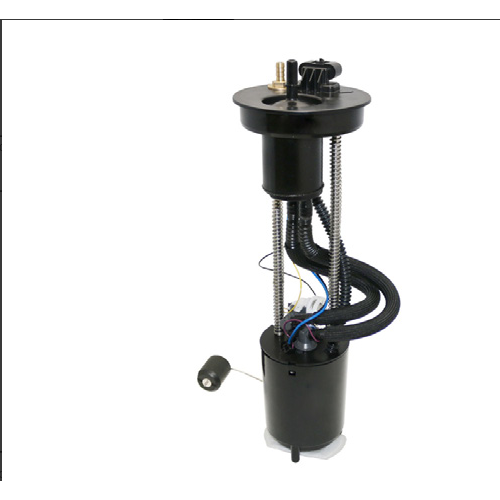
-
Oil Pump JR-B112 47-1027 For MAVERICKX
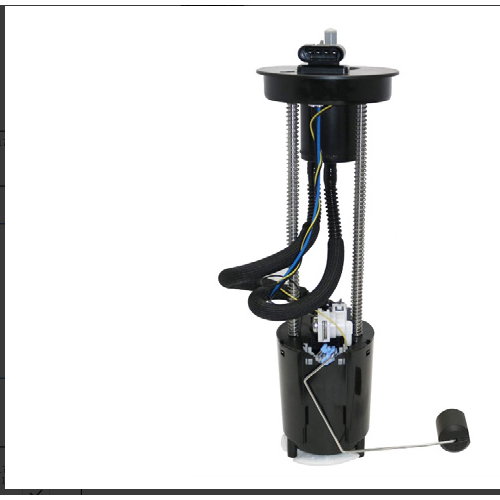
-
Oil Pump JR-B110 47-1050 For OUTLANDER
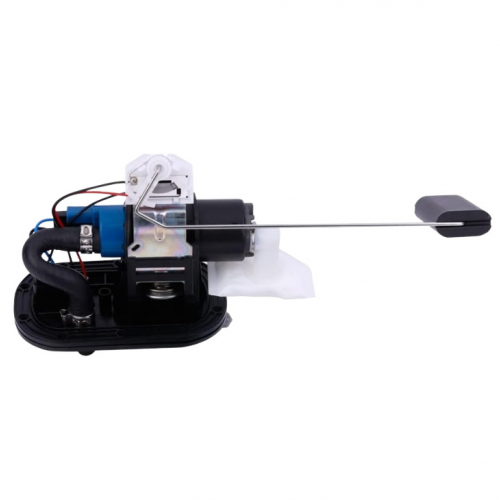
-
Oil Pump JR-B109 709000758 For OUTLANDER
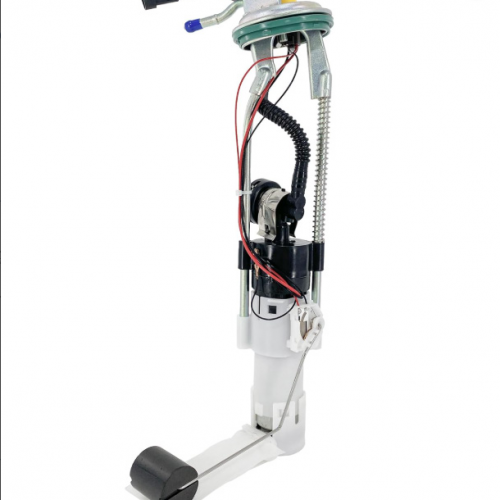
-
Oil Pump JR-B108-1 2204308 For SPORTSMAN
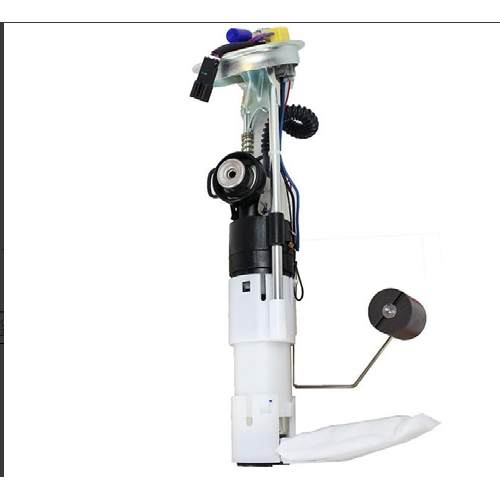
-
Oil Pump JR-B108 47-1014 For SPORTSMAN
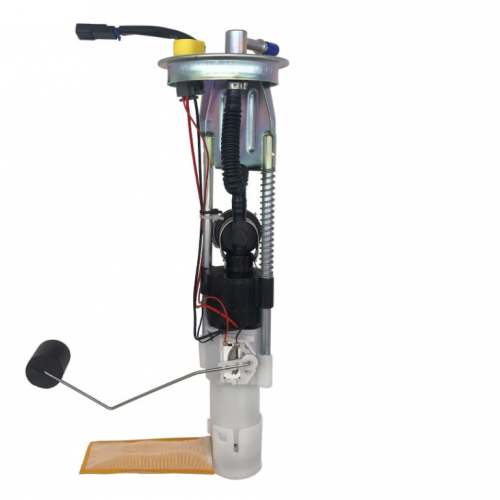
-
Oil Pump JR-B98-1 47-1012 For RANGER



